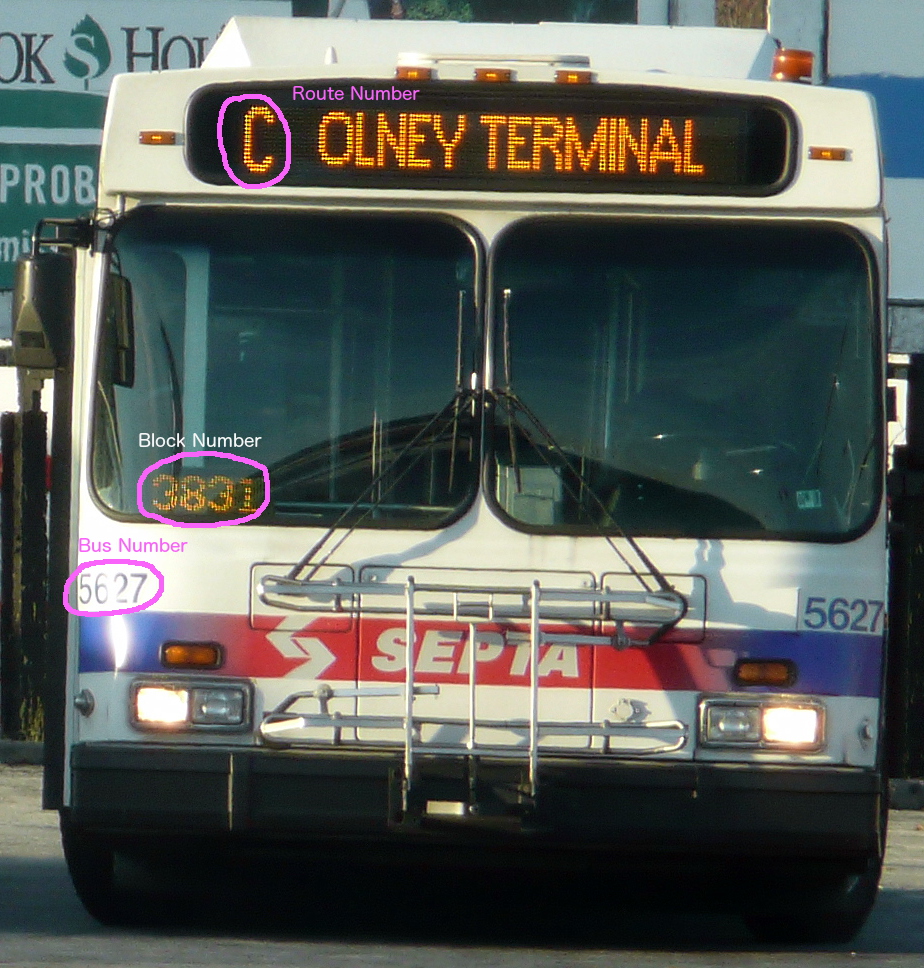A lot of press was given to an incident at 13th and Locust Streets last week, where a bicyclist felt he was wronged and stood in front of a SEPTA bus for 30-45 minutes until a Police officer arrived. The incident rekindled the longstanding debate about bicyclist and bus behavior.
Regardless of how or why that event happened, close calls with buses can be a frightening experience. The Delaware Valley Regional Planning Commission conducted a study in 2009 and documented that bike and bus conflicts happen quite often throughout the day. Pennsylvania does have a four foot passing law, so where there is sufficient room bus drivers should be conscious to give as much way as possible when they pass a bicyclist. This SEPTA video lays out the perspectives of bus operators and bicyclists and gives advice to each.
[su_youtube url=”https://www.youtube.com/watch?v=nI8xEbC1Mkk&feature=youtu.be”]
Safety is of the utmost importance in any situation with a bus. All users of the road – bicyclists and motorists – need to respect each other; if each of us wants to be treated fairly, then we all need to respect all the rules of the road.
Buses have blind spots. It is important that bicyclists in mixed traffic are aware of large vehicles like buses, and blind spots should be considered when attempting to pass them.
If you feel that a SEPTA bus driver is tailgating, forcing you to the curb or passing too closely, then reporting the incident to SEPTA Customer Service is appropriate.
The best way to report is a via a comment form on the SEPTA website. You can also report incidents through Twitter, via @SEPTA_Social, Facebook and of course via phone at 215-780-5800.
In order for SEPTA to locate a specific operator you must give them as much detail as possible. The most important details are the date, time of day, location and the block number. The block number is located in the left (passenger side) window of the bus. If you cannot see the block number then note the 4 digit bus number plus the bus route number. This bus number is printed on all sides of the bus and the route number is usually illuminated in the back.
Earlier this week — almost a week after the incident was initially reported — video was released by SEPTA via a media outlet. You can view it below.
Here is our observation: The cyclist was riding in the right lane and probably intended to get to the left, but his position on the right side of the right lane made the driver perhaps believe he could pass the cyclist. When he did, the cyclist appeared thrown off, and felt squeezed between the bus and a parked car. It’s not clear if the cyclist was given four feet (which is the legal requirement), but even if he was, it was really close. There was one van parked on the block, as well, and the bus attempted to pass the cyclist as he was passing the van.
We don’t necessarily know if the cyclist wanted to get to the left here, but if so, he should have used hand signals while in front of the bus. The bus operator should have also recognized that there was a cyclist in front of him on a street without a bike lane and, therefore, the cyclist has to be treated as a legal vehicle in the lane and be allowed to move in front.
And, not to put too fine a point on it, but if this is really the extent of the interaction between the cyclist and the bus, the cyclist’s final reaction seems a bit overblown.
Largely, though, we’re still in the same situation we were in a week ago: We don’t have the cyclist’s side of the story. He has not been identified in the media, and has not contacted the Bicycle Coalition of Greater Philadelphia.
If nothing else, this should be a learning moment for all road users in Philadelphia. It can be tight out there, and as has been mentioned in a previous blog post by a news outlet about the incident: proper, physical separation between cyclists and motor vehicles will make our streets much safer than they are now, and provide dedicated spaces to road users so seeming misunderstandings turn into altercations less often.
On those streets where there are no bike facilities, bicyclists should take the lane.
It’s important for bicyclists and motor vehicle drivers to keep up to date on all the rules and responsibilities of the road, all of which can be found here.
(Randy LoBasso and Sarah Clark Stuart also contributed to this post.)

